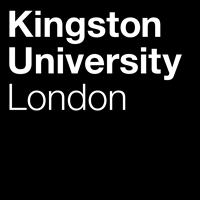This project aims to apply the paradigm of physically based animation to control virtual reality (VR) avatars – characters that represent the player in VR.
Players immersed in VR heavily depend on the response of the environment that must be physically reliable, predictable, and thus dependable. Current VR experiences are often simplistic, cartoon like in the way they look, but the way they interact with the player is nearly always highly realistic, based on a precise physical model. A slightest deviation easily distorts the sense of immersion.
However, avatars are often exempt from physically based simulation which is otherwise ubiquitous for virtual reality environments. They just follow the player’s movement; in lack of full body information (typically systems only track head and hands positions), they are simplified, often reduced to only hands.
In this project you will attempt to reconstruct a full body pose from the fragmentary input available from typical VR controllers (head and hands positions, 6 DOF each), using a dynamic, time-constrained bio-physical model of human body movement. This inherently underdetermined configuration will be enhanced by contextual information based on the knowledge (or a guess) of the pose intended by the player – such as running, skiing or fighting – leading to the recreation of a physically reliable representation of the player’s intentions. For example, a player may pretend fighting or skiing by performing inherently limited representations of the actual movements, in VR she will experience a combat or downhill skiing in a physically reliable setup based on a biomechanical model of the activity.
This will lead to some interesting questions: can we build bodily self-awareness (in a sense similar to the famous “rubber hand” experiment) even if the reconstructed poses are substantially different from the actual ones, but based on player’s intentions and imagination? Can we enhance immersion this way? Will we create a new “uncanny valley”? How will the proposed approach affect VR-sickness (a condition similar to motion sickness, caused by extensive exposure to virtual environments)?
Candidates should have appropriate academic qualifications (first or upper second class honours, and preferably MSc degree), in Computer Science, Games Technology, Engineering, Mathematics, Physics or other relevant area, strong background in programming (either C++ or C#) and an interest in Game Design and Psychology.

 Continue with Facebook
Continue with Facebook



